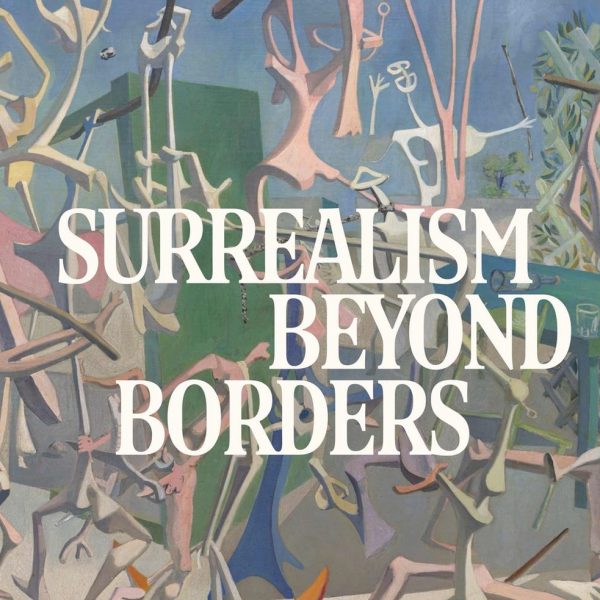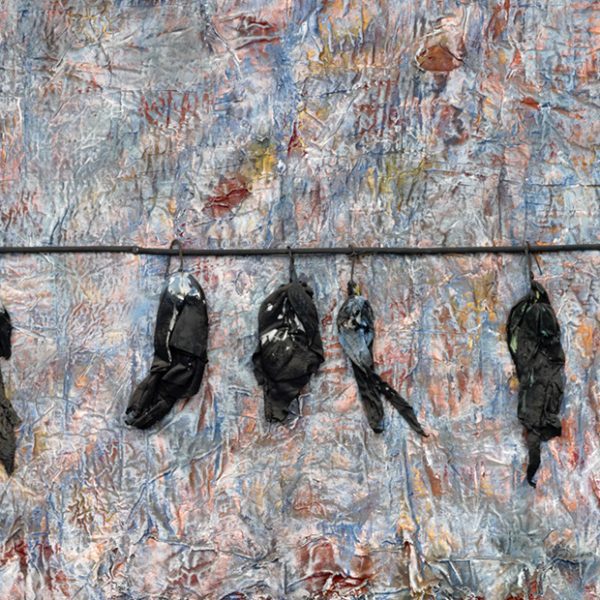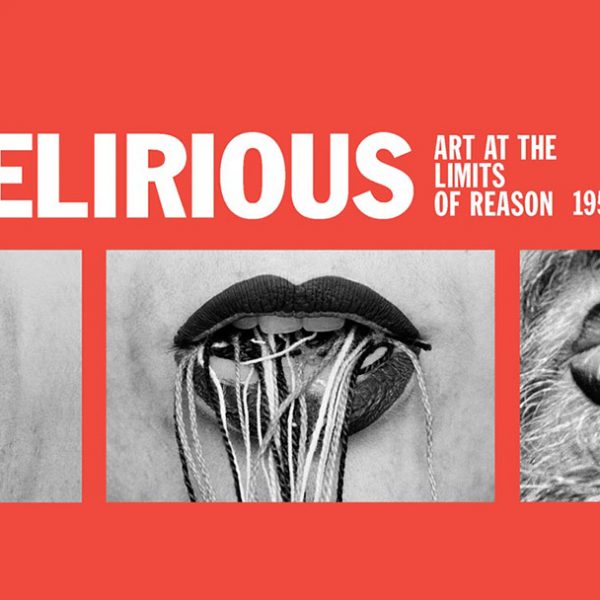A complex subject: A conversation with Dita Amory about Madame Cézanne
Today we’re sharing a new dispatch from the blog of The Metropolitan Museum of Art: a conversation between Rachel High, Editorial Assistant at the Museum, and Dita Amory, curator of The Robert Lehman Collection, The Metropolitan Museum of Art and also curator of the current exhibition Madame Cézanne and author of the accompanying book.

Madame Cézanne, by Dita Amory with contributions by Philippe Cézanne, Ann Dumas, Charlotte Hale, Kathryn Kremnitzer, Marjorie Shelley, and Hilary Spurling, features 192 illustrations.
Rachel High —
Paul Cézanne is central to the study of modern art, yet one of his most frequently painted subjects, his wife, Hortense Fiquet, is often neglected in the scholarship on the artist. If she is mentioned at all, Hortense is described as ill-humored and as a negative influence on Cézanne’s painting. Madame Cézanne, the catalogue accompanying the eponymous exhibition currently on view through March 15, 2015, aims to reevaluate these perceptions of Hortense. I sat down with Dita Amory, curator of the exhibition and co-author of the catalogue, to discuss the book and the complicated, enigmatic relationship between Cézanne and his wife.
Rachel High: Hortense Fiquet is often characterized in the literature on Cézanne as dour and distant. Why do you think this is, and how do you hope to revise that reading with this book?
Dita Amory: This is a complex subject, and it is the driving force of this book and exhibition. After doing extensive research to clarify their relationship—in which Hortense played many roles, including artist’s model, wife, and mother of Cézanne’s only son, Paul fils—there is still quite a bit of uncertainty. We know that Hortense posed for as many as twenty-nine painted portraits and many more drawings, and we know that Cézanne painted from observation and painted very slowly. If you take the sum total of these paintings, you realize that they spent a great deal of time together in the studio, and yet we have enormous difficulty understanding or even finding evidence of time they spent together in other circumstances as husband and wife. This facet of their relationship has been a fascinating, irreconcilable observation of this book and exhibition.
For example, Cézanne was a great letter writer, but there are no letters to Hortense—only letters to their son, which do reference his affection for Hortense. It may be shocking to us today that the artist hid his wife and son from his own parents for seventeen years. In the absence of solid historical and biographical information on their life together, historians have come to look at the difficult, sour, inscrutable expressions in the portraits as evidence of Hortense’s character, and that’s a great shame.
Of course this book is an exhibition catalogue, but it is much more than that: It’s the story of a relationship as it unfolded both in family circumstances and in visual language. I am hoping that the book will give the reader an understanding of Hortense’s many roles in the life of Cézanne, even if we know very little about the intimacy that held them together.

Paul Cézanne (French, 1839–1906). Madame Cézanne in a Red Dress, ca. 1888–90. Oil on canvas; 45 7/8 x 35 1/4 in. (116.5 x 89.5 cm). The Metropolitan Museum of Art, New York, The Mr. and Mrs. Henry Ittleson Jr. Purchase Fund, 1962 (62.45)
Rachel High: In the catalogue’s introductory essay, you speak about Émile Zola’s novel The Masterpiece, which may be in part based on the Cézannes’ relationship. I was surprised that the nature of their relationship elicited interest even during their lifetime. How did you first become interested in the portraits of Madame Cézanne?
Dita Amory: In 2009 at the Philadelphia Museum of Art, I saw an exhibition entitled Cézanne and Beyond, which explored Cezanne’s resonating influence on twentieth-century artists. While visiting the exhibition, I walked by one of these magisterial portraits and realized immediately that, together, the portraits of Hortense Fiquet would make a great exhibition.
Not enough work has been done on this subject—a few of these paintings are very well known and they do fall into monographic exhibitions on Cézanne, but for the most part it is the landscapes and still lifes that are most profiled in exhibitions around the world. The portraits haven’t really been given their due, and I hope that this book and exhibition will give them more visibility.

Paul Cézanne (French, 1839–1906). Madame Cézanne in the Conservatory, 1891. Oil on canvas; 36 1/4 x 28 3/4 in. (92.1 x 73 cm). The Metropolitan Museum of Art, New York, Bequest of Stephen C. Clark, 1960 (61.101.2)
Rachel High: How did Cézanne’s depiction of Hortense change over time?
Dita Amory: Cézanne and Hortense met in 1869 and he started painting her in 1872. The first painting is known only in a black-and-white photograph; the second is a small oil sketch of Hortense nursing the young Paul fils. We have very few clues as to the dates of other pictures and Hortense seemingly doesn’t age over time, just as Pierre Bonnard’s wife, Marthe de Meligny, never ages.
These portraits of Hortense do not conform to the expectations of traditional French portraiture. Cézanne wasn’t really painting portraits—that is, flattering images with a timeline and a sensitivity to the sitter’s likeness. Cézanne’s approach yielded an entirely different aesthetic. Hortense may not have understood what her husband was doing, but she sat patiently in his studio as he advanced his practice. Cézanne preferred to paint that which was familiar, as in the line of her jaw, the central part of her hair, and details of her dress. I don’t think he was attentive to her final expression in the pictures as much as he was working out his own sensory perceptions.
Rachel High: In the final essay written by you and Kathryn Kremnitzer, you discuss the influence of Cézanne’s portrayal of his wife in modern and contemporary art. Could you speak about this legacy? What are a few of your favorite homages?
Dita Amory: Cézanne’s value to modern artists is absolutely immeasurable, and contemporary artists still look to his work in many ways. However, I don’t think anyone has quite understood the importance of these portraits to artists who followed Cézanne.
I start the essay with Paul Gauguin, who openly emulated Cézanne and used one of the artist’s still lifes as a backdrop for his own portrait of a female sitter. Later on, Kathryn discusses amusing twentieth-century riffs on the portraits of Hortense painted by recent artists such as Elizabeth Murray, whose snapshot-like images in rapid succession give a filmic approach to these seated images of Madame Cézanne. These portraits continue to captivate our attention and enthrall visitors who look to Hortense for clues to Cézanne’s personal life and working process.

Left: Paul Gauguin (French, 1848–1903). Woman in Front of a Still Life by Cézanne, 1890. Oil on canvas; 25 3/4 x 21 5/8 in. (65.3 x 54.9 cm). Art Institute of Chicago, Joseph Winterbotham Collection (1925.753). Right: Juan Gris (Spanish, 1887–1927). Portrait of Madame Cézanne after Cézanne, Beaulieu (Beaulieulès-Loches), 1916. Graphite on off-white wove paper; 8 1/4 x 6 1/2 in. (21 x 16.5 cm). The Metropolitan Museum of Art, New York, Promised Gift from the Leonard A. Lauder Cubist Collection. After visiting Madame Cézanne, visitors to the Met can view Juan Gris’s interpretation of Cézanne’s portrait of Hortense in the exhibition Cubism: The Leonard A. Lauder Collection.

























